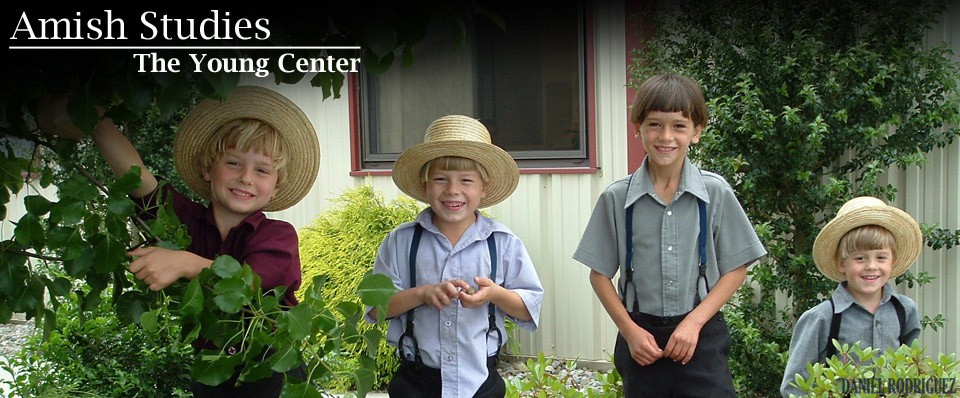Diversity

Four groups carry the Amish name: Beachy Amish, Amish Mennonites, New Order Amish, and Old Order Amish. The Beachy Amish and Amish Mennonites own automobiles and use public utility electricity. The Old Order and New Order Amish groups use horse-and-buggy transportation and do not use public utility electricity.
Horse-and-buggy-driving affiliations include the Swartzentrubers (one of the most conservative subgroups), the New Orders (with numerous subgroups), the Lancaster Amish (with church districts in several states), and the Nebraska Amish (with several subgroups) who live in central Pennsylvania. Compared to Old Order groups, New Order groups permit greater use of technology, encourage more personal Bible study, and have stricter guidelines for their youth.
It is risky to talk about THE Amish and to make generalized statements about all Amish groups based on one Amish community. Typically, most Amish groups forbid owning automobiles, tapping electricity from public utility lines, using self-propelled farm machinery, owning televisions, radios, and computers, attending high school and college, joining the military, and initiating divorce. Members are expected to speak a German or Swiss dialect and to adhere to the dress standards of their group. Most groups have battery-powered lights on their carriages but the most conservative affiliations use kerosene lanterns. The vast majority of Amish homes have indoor bathrooms but members in the most traditional groups use outhouses. In some regions of the country, power lawn mowers are permitted but in others, they are not. The women in one affiliation are permitted to use only treadle (foot-powered) sewing machines, but those in another group may power their sewing machines with batteries. Some communities are wealthy and others are rather poor. Clearly, diversity abounds even within affiliations and local church districts.
Additional information
- See chapter 8, “Diverse Affiliations,” in Donald B. Kraybill, Karen M. Johnson-Weiner, and Steven M. Nolt, The Amish (Baltimore: Johns Hopkins University Press, 2013).
- Steven M. Nolt and Thomas J. Meyers, Plain Diversity: Amish Cultures and Identities (Baltimore: Johns Hopkins University Press, 2007).
- See chapters 2 and 3, “The Origins of Religious Diversity” and “Coping with Church Schism,” in Charles E. Hurst and David L. McConnell, An Amish Paradox: Diversity and Change in the World’s Largest Amish Community (Baltimore: Johns Hopkins University Press, 2010).
